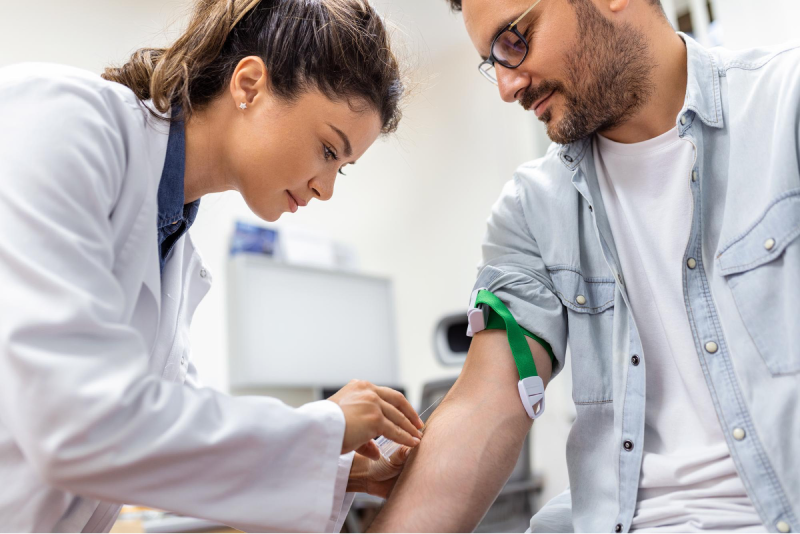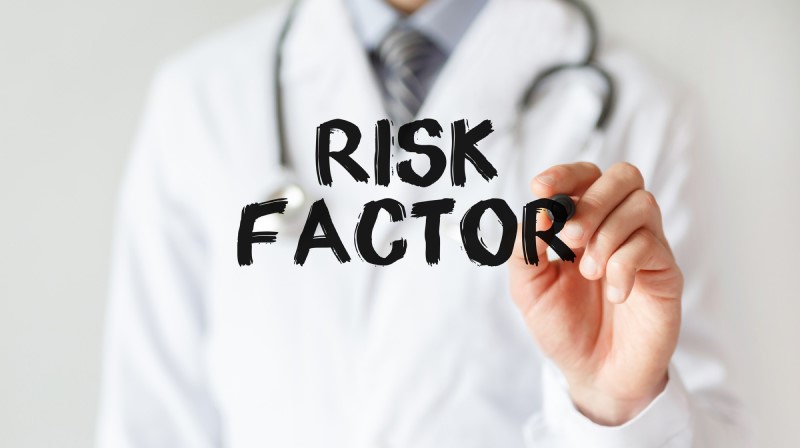Long term diabetic complications are the result of one or more parts of your body becoming damaged as a result of diabetes.
Long term complications need not be inevitable and research indicates that it is possible to minimise complications or avoid or prevent them altogether.
Read the full article at: www.diabetes.co.uk
Good news: The complications of diabetes—the damage to the body caused by uncontrolled blood sugar, blood pressure, and cholesterol over time—can be limited or effectively treated.
Having diabetes puts a person at greater risk for heart disease, kidney disease, blindness, loss of limbs, and other unwanted complications. Fortunately, most diabetes complications can be limited or effectively treated with early detection and proper care as soon as you or your health care provider discovers the complication. These includes the keeping blood glucose ((or blood sugar), blood pressure, and blood lipids (such as cholesterol) on target is also important in preventing and treating complications.
Despite what you may hear, diabetes itself is not a leading cause of blindness or heart disease in the United States. Rather, poorly managed diabetes is a leading cause of these and other serious health problems.
Nutrition plays a fundamental role in diabetes management. Basic recommendations include carbohydrate and fat monitoring, portion moderation, balanced meal planning and diabetes education. By following these guidelines, people with diabetes can more effectively control their blood glucose levels and maintain optimum health in the long term. DietSensor is here to simplify these guidelines! It is a User-Friendly app, that will teach and guide you to put your diabetes under control, or even reverse your pre diabetes.




